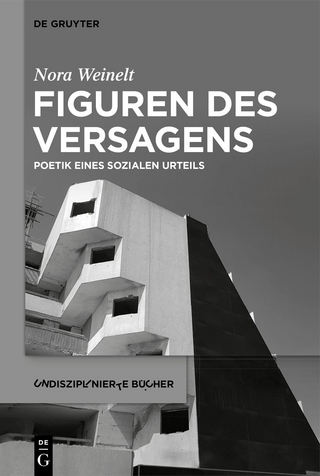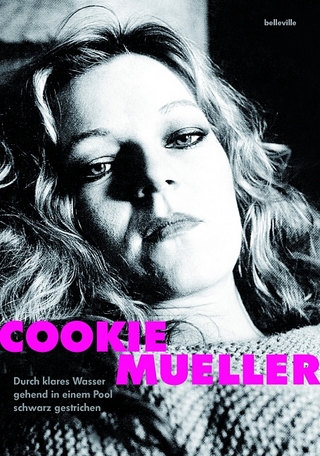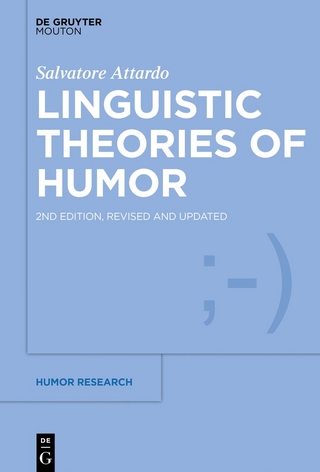
Material Inspirations
Oxford University Press (Verlag)
978-0-19-885800-3 (ISBN)
This book is a study of the complex relationship between matter and idea that shaped the nineteenth-century culture of art, and that in turn determined the course of still-current accounts of art's nature and value. Fundamental questions about the effects of material conditions on the creation and reception of art arose as early as the nineteenth century, and put important pressures on later eras. The place of class distinctions in the making and reception of art, the relationship between copy and original, the effects of display on art appreciation, even the role of pleasure itself: this book treats these and related issues as productive conceptual challenges with an unresolved relationship to matter at their core.
Drawing on recent scholarship on the history of art and its institutions, Material Inspirations places cultural developments such as the emergence of new sites for exhibition and the astonishing proliferation of printed reproductions alongside a wide range of texts including novels, poems, travel guidebooks, compendia of antiquities, and especially the great line of critical writing that emerged in the period. The study vivifies a dynamic era, which is still too often seen as static and unchanging, by emphasizing the transformations taking place throughout the period in precisely those areas that have appeared to promise little more than repetition or continuity: collection, exhibition, and reproduction. The book culminates with the two great critics of the period, John Ruskin and Walter Pater, but it also includes close analysis of other prose writers, as well as poets and novelists ranging from William Blake to Robert Browning, George Eliot to Henry James. Significant developments addressed include the vogue for the representation of Old Masters in the first half of the century, ongoing innovations in the creation and diffusion of reproductions, and the emergence of the field of art history itself. At the heart of each of these the book identifies a material pressure shaping concepts, texts, and works of art.
Jonah Siegel is Distinguished Professor of English and Co-Director of the British Studies Center at Rutgers University. He has been a Fellow at the National Humanities Center, and a Rome Prize Fellow at the American Academy in Rome, as well as a recipient of a Frederick Burkhardt Fellowship from the American Council of Learned Societies. Aside from numerous articles on literature and the fine arts, he is the author of two books, Desire & Excess: The Nineteenth-Century Culture of Art (2000; Rudikoff Prize winner, 2000), and Haunted Museum: Longing, Travel, and the Art-Romance Tradition (2005), and the editor of The Emergence of the Modern Museum: An Anthology of Nineteenth-Century Sources (2007).
Preface: What Goes Without Saying
Introduction: Feeling for Things, or What Really Matters
Part I. INTERESTING
1: Transfiguration
2: Desire and the Body of Inspiration
3:
| Erscheinungsdatum | 15.01.2021 |
|---|---|
| Zusatzinfo | 82 Illustrations |
| Verlagsort | Oxford |
| Sprache | englisch |
| Maße | 163 x 244 mm |
| Gewicht | 792 g |
| Themenwelt | Kunst / Musik / Theater ► Kunstgeschichte / Kunststile |
| Geisteswissenschaften ► Sprach- / Literaturwissenschaft ► Anglistik / Amerikanistik | |
| Geisteswissenschaften ► Sprach- / Literaturwissenschaft ► Literaturgeschichte | |
| ISBN-10 | 0-19-885800-0 / 0198858000 |
| ISBN-13 | 978-0-19-885800-3 / 9780198858003 |
| Zustand | Neuware |
| Informationen gemäß Produktsicherheitsverordnung (GPSR) | |
| Haben Sie eine Frage zum Produkt? |
aus dem Bereich


